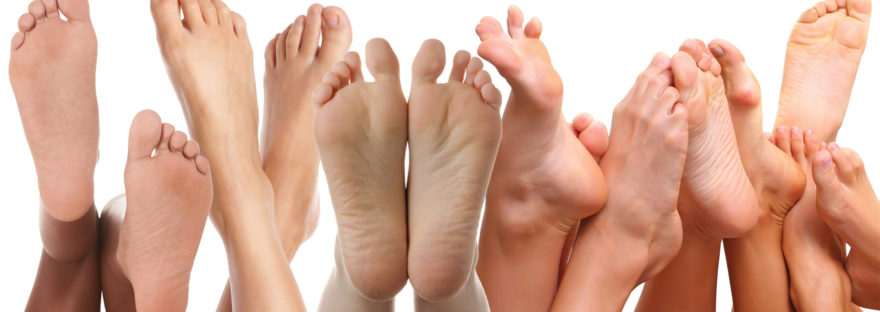Spring is well under way, which means outdoor jogging season is upon us. It is always around this time of year when my office becomes flooded with questions about running. Here are a few tips that will help you and your body get the most out of those early Spring jogs.
Proper Footwear
Proper footwear is perhaps the most important factor in injury prevention. It is important to remember that everyone has unique feet. A running shoe that may be appropriate for your running partner may not be suitable for you. You should be wearing a shoe that fits your foot well. As there are many different types of running shoes, visit any shoe specialty store to have your foot examined and assessed for the shoe that best fits your needs.
Warm Up and Cool Down
This is something that a lot of runners do not incorporate into the jogging routine, and can end up leading to injury. Having a simple warm up and cool down routine is essential in injury prevention. A good choice for warm up can be as simple as some gentle stretching. For cool down, many choose to slow from running speed to a brisk walk for at least 2 minutes.
Too Much, Too Fast
At this time of year, many runners are guilty of doing “too much, too fast”. The distance you were able to jog at the end of Summer last year, will likely be further than the distance achieved during your first few runs of Spring. It is important to temper your expectations, and allow your body to become conditioned to the endurace and intensity of a run. Pushing ourselves too far or too hard, can create several injuries that hold us back from exercise. Thus, it is important to start small and gradual increase our distance and intensity over time.
Shin Splints
Shin splints are one of the most common running/exercise related complaints that I see in my office. Shin splints are often described as pain in the “front” of the shins, which is caused by repetitive microtrauma. This microtrauma can arise from several factors, however, most are related to foot type and/or improper footwear. Activity modification (rest) and taping can help reduce symptoms. If the cause is related to foot type, orthotics may be useful in correcting any biomechanical abnormalities. If you are suffering from anterior shin pain before, during, or after your runs, book an appointment with a Chiropodist for a complete assessment and development of a treatment plan.
Written by James Willmore


